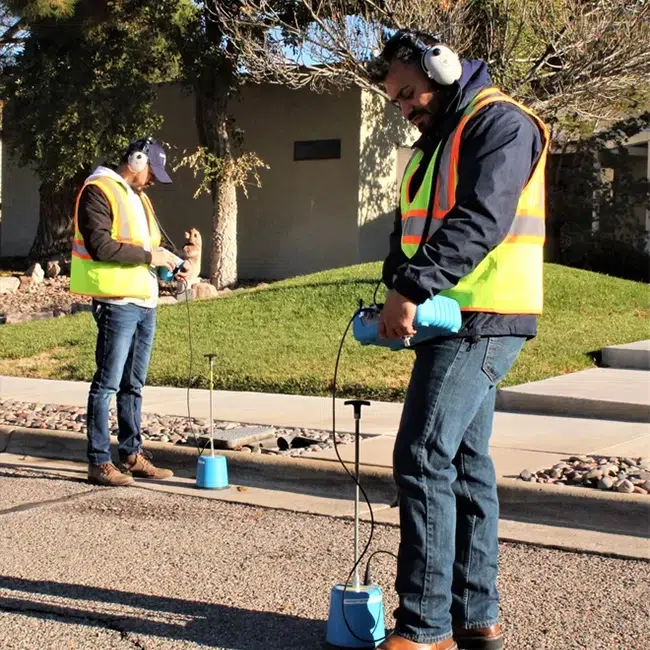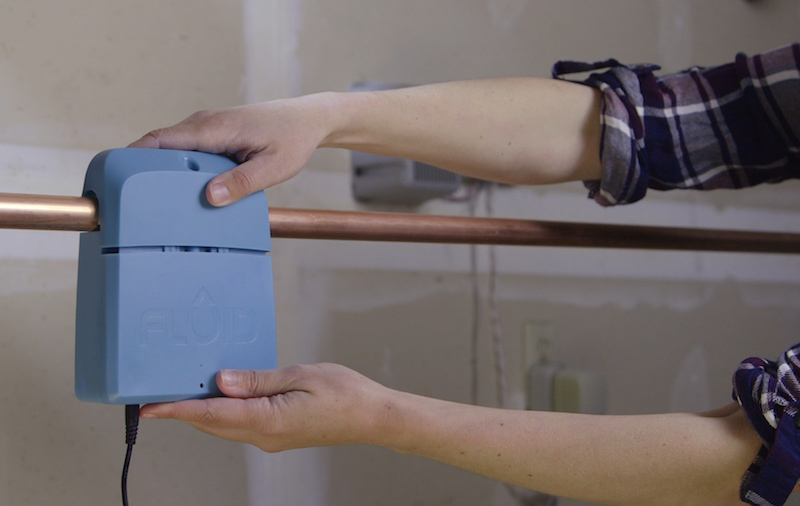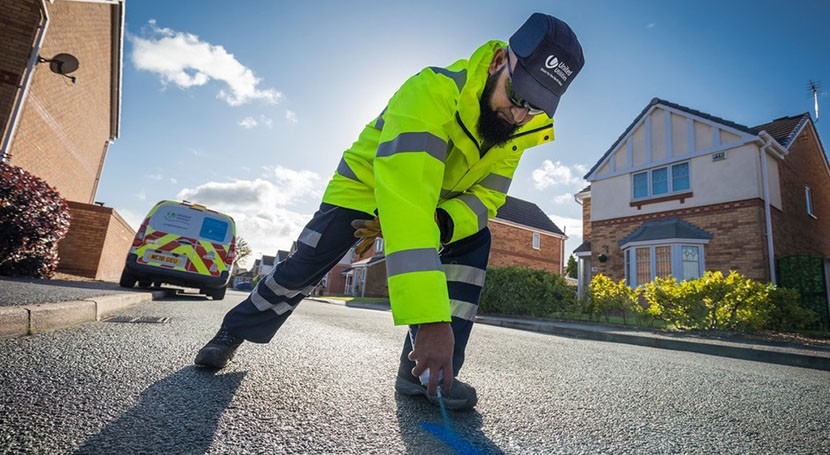Cutting-edge Solutions for Very Early Discovery of Water Leakages in Buildings and Infrastructure
From cutting-edge leakage discovery technologies to the release of IoT sensing units for real-time monitoring, the landscape of leakage prevention is developing swiftly. Automated water flow evaluation systems are reshaping exactly how leakages are determined and dealt with, leading the means for a proactive technique to water leak detection.
Advanced Leak Discovery Technologies
Advanced leakage detection technologies, equipped with cutting-edge sensing units and formulas, play a crucial role in quickly determining and pinpointing water leakages in numerous settings. These innovations use a mix of acoustic, thermal, and electromagnetic sensing approaches to find leakages properly. Acoustic sensors identify the sound of escaping water, enabling accurate localization of the leak resource. Thermal imaging discovers temperature level changes brought on by water leak, giving an additional reliable technique for leak recognition. Electro-magnetic sensors can determine adjustments in electromagnetic areas triggered by water, offering yet another layer of leak detection capacity.

IoT Sensors for Real-Time Surveillance
In the realm of contemporary water leakage discovery, the assimilation of IoT sensing units for real-time monitoring stands for a pivotal development in enhancing proactive leakage detection capacities. These sensing units offer constant monitoring of water supply, providing real-time data on water flow rates, pressure variations, and temperature level adjustments. By leveraging IoT technology, these sensing units can identify even the tiniest abnormalities in water usage patterns, making it possible for very early identification of potential leakages before they escalate right into major concerns.
IoT sensing units transmit information to a central platform, where innovative algorithms assess the info and create alerts or notifications when abnormalities are identified. This real-time surveillance capability allows homeowner or facility managers to quickly attend to leakages, reducing water damage, lowering repair work prices, and preserving water sources.
In addition, IoT sensors can be incorporated with structure management systems, permitting automated reactions to found leakages, such as turning off water shutoffs or turning on pumps to minimize the impact of leaks. Generally, the execution of IoT sensing units for real-time tracking dramatically improves the efficiency and efficiency of water leakage discovery in structures and infrastructure.
Artificial Intelligence Algorithms for Leak Forecast

One key benefit of using device discovering for leak prediction is its capability to continuously find out and boost its precision with time. As more data is accumulated and fed right into the algorithm, it can refine its forecasts and adapt to transforming problems, eventually boosting the reliability of leak detection systems.
Moreover, equipment learning algorithms can aid in identifying refined indications of leaks that might go unnoticed by standard surveillance techniques. water leak detection. By analyzing complicated information collections in real-time, these algorithms can offer early warnings and notifies, allowing for timely intervention and preventative upkeep to reduce recommended you read potential water damages and connected costs
Utilizing Thermal Imaging for Leak Detection
Thermal imaging modern technology offers an appealing approach for identifying water leaks in various systems and facilities. By using infrared radiation and temperature level differences, thermal imaging video cameras can determine covert leaks that are not quickly visible to the nude eye. When water leaves from pipes or structures, it often alters the temperature level of the surrounding location, creating temperature level differentials that thermal video cameras can record. These temperature irregularities are then converted right into noticeable pictures, highlighting the exact location of the leakage.
One of the crucial benefits of thermal imaging for leakage detection is its non-intrusive nature. On the whole, the use of thermal imaging innovation improves the effectiveness and precision of water leak detection, making it a valuable device for preserving the integrity of structures and frameworks.
Automated Water Circulation Evaluation Solutions
Just how can computerized water circulation analysis systems revolutionize the detection and monitoring of leaks in different systems and frameworks? Automated water circulation evaluation systems offer a proactive method to leak discovery by constantly keeping an eye on water circulation rates and patterns. By developing standard data, these systems can swiftly recognize variances that may indicate a leakage, allowing timely treatment to stop comprehensive damages.
These systems make use of Full Article sophisticated formulas to evaluate real-time data and supply instant informs when abnormalities are found, permitting speedy action to be taken. In addition, automated water flow evaluation systems can be integrated with structure administration systems or IoT platforms, enhancing general performance and enabling remote monitoring capacities.
Moreover, the information accumulated by these systems can be utilized for predictive upkeep purposes, helping to recognize possible weak factors in the infrastructure before leakages happen. On the whole, the application of computerized water flow analysis systems can substantially enhance leakage discovery and administration techniques, inevitably bring about cost savings, reduced water wastefulness, and increased sustainability in buildings and framework.

Conclusion
In final thought, the assimilation of sophisticated leak discovery modern technologies, IoT sensing units, equipment learning formulas, thermal imaging, and automated water circulation evaluation systems uses innovative remedies for early click for more discovery of water leakages in structures and facilities. These innovations make it possible for real-time tracking, prediction of leakages, and reliable detection techniques to stop water damage and wastefulness. Implementing these options can help in maintaining the integrity and sustainability of water systems in numerous settings.